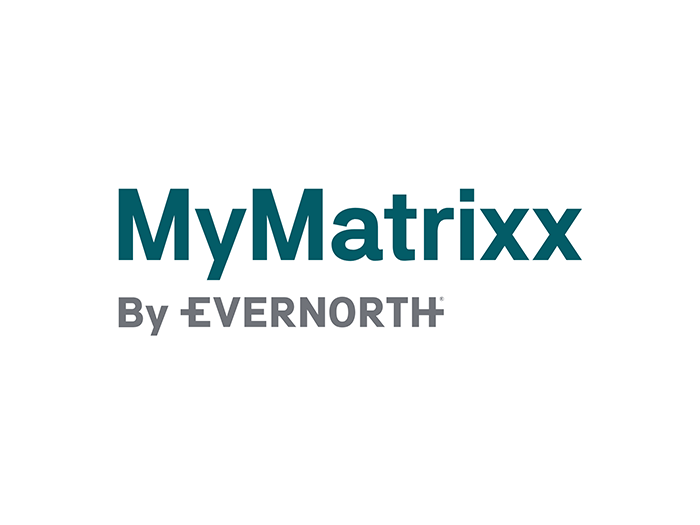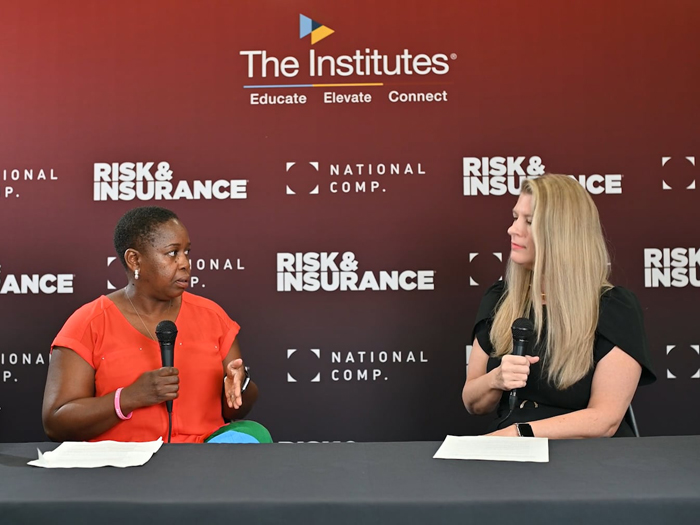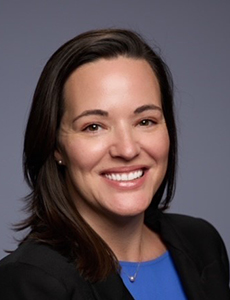Risk Insider: Nir Kossovsky
D&O’s Weakened DNA
“Want to Attract Board Members? Manage Company Risk Better,” declared the headline of Tony Chapelle’s article in the Financial Times’ Agenda news service for corporate directors published June 15, 2015.
The feature (Paywall) helpfully warned board candidates “to perform due diligence before accepting a seat or risk loss of personal capital and reputation.”
“Directors want to work for honest, risk-aware companies, said Stephen Ferris, professor and senior associate dean at the University of Missouri — as quoted in Chapelle’s article — “to reduce the likelihood of getting enmeshed in ligation over fraud, defective products or other situations that threaten their ability to properly discharge their duties. They’ll also be less exposed to losing their personal capital or their reputations, which could limit their opportunities for serving on other boards.”
The challenge for companies seeking the best board members is that governance, risk management, and compliance disclosures do not have great signaling gravitas or impact, nor are they as robust and convincing as talking money.
This is sound advice, of course, but we’ve seen this movie before.
In the late 1980s, corporations were finding it difficult to attract and retain qualified directors. At that time, at the height of complex transactions, directors were exposed to claims that they failed to exercise due care, and consequently, to potential personal liability both that was disproportionately large and rather unpredictable.
FORTUNE described the perceived risk in that era as being “so great that only madmen and lepers were expected to join corporate boards.”
That’s when directors who wanted to work for “honest, risk-aware companies,” sought out companies that had qualified for, and could afford, Directors & Officers liability insurance.
As Risk Insider Peter Taffae explained last year, “The intent then, and arguably today among experts, is to protect senior management and the insured’s board against litigation arising from their capacity as a director and/or officer, from third parties.”
The cover protected the personal capital of the director with one policy, which eventually became Side A of a common policy, and “bet” on the risk management culture of the company with a separate policy that evolved into Side B.
D&O coverage was available at rational prices to the better risks — its presence was a signal that the company had a strong risk management culture.
Only it was more than a signal. It was a warranty-like badge of honor where a third-party backed, with real money, the company’s claim of a strong risk management culture.
Money talks. But that was then.
Chapelle’s article and the experts quoted therein suggest that D&O insurance today merely whispers relative to the noise of 21st century threats — especially from social media, regulatory scrutiny, and investor activism — to directors’ “personal capital or their reputations.”
Today’s risk-aware director-prospect is advised to look beyond liability coverage to the underlying risk management practices, to study the 10-K Item 1A risk disclosures, and to validate that the company is providing appropriate risk mitigation strategies for all recognized threats.
The challenge for companies seeking the best board members is that governance, risk management, and compliance disclosures do not have great signaling gravitas or impact, nor are they as robust and convincing as talking money.
With D&O’s mojo gone, perhaps companies that have implemented world-class enterprise risk management programs could let prospective directors appreciate and value them with clear and credible signals like board performance bonds?











